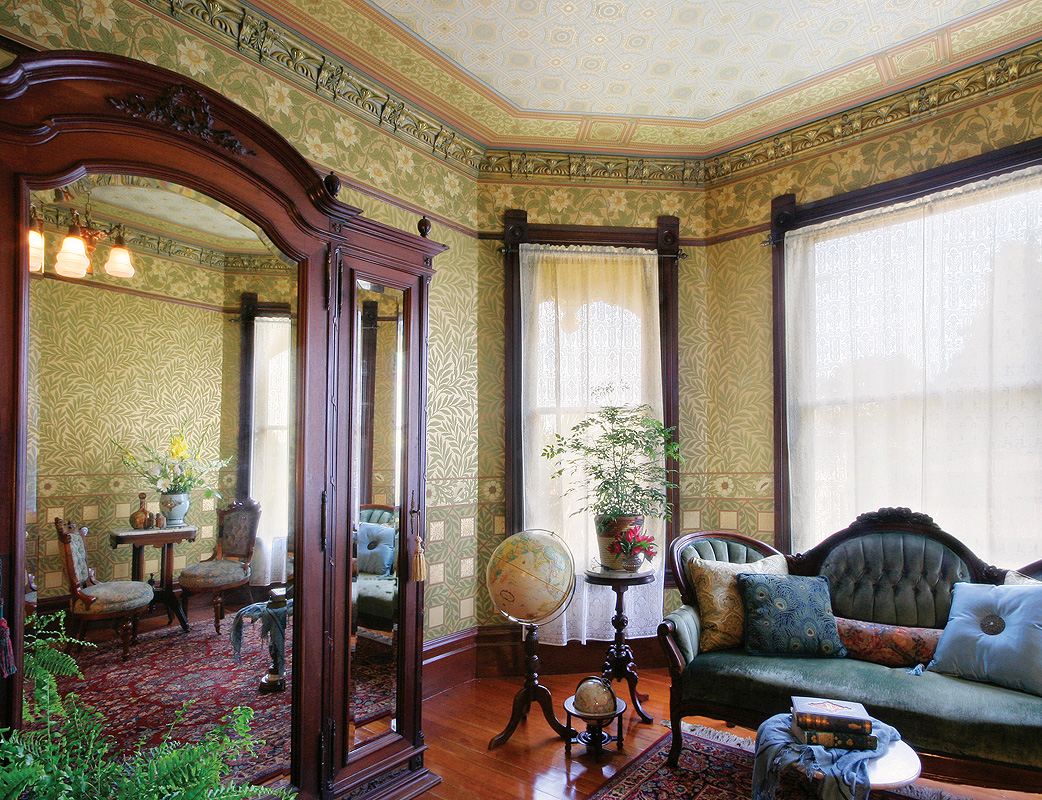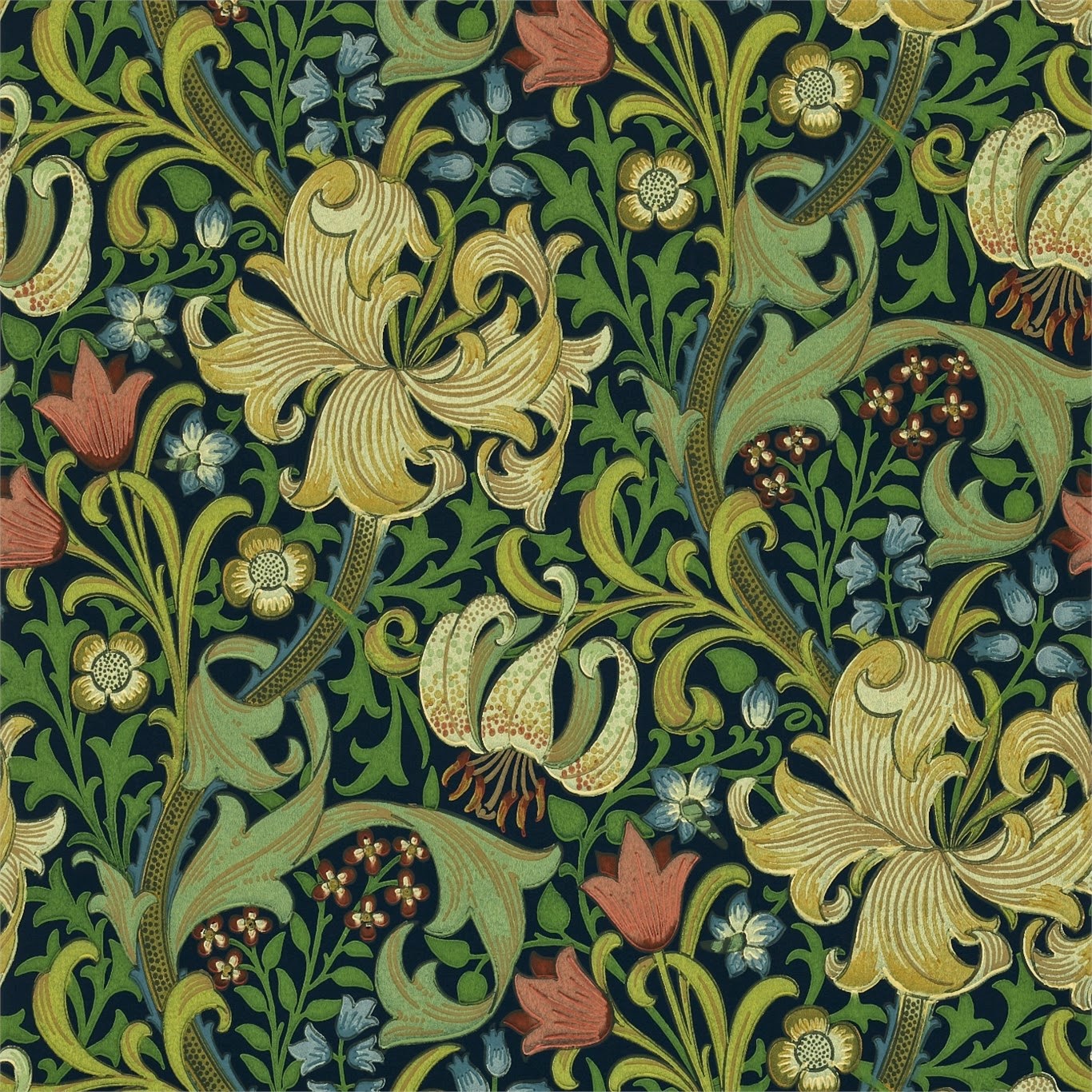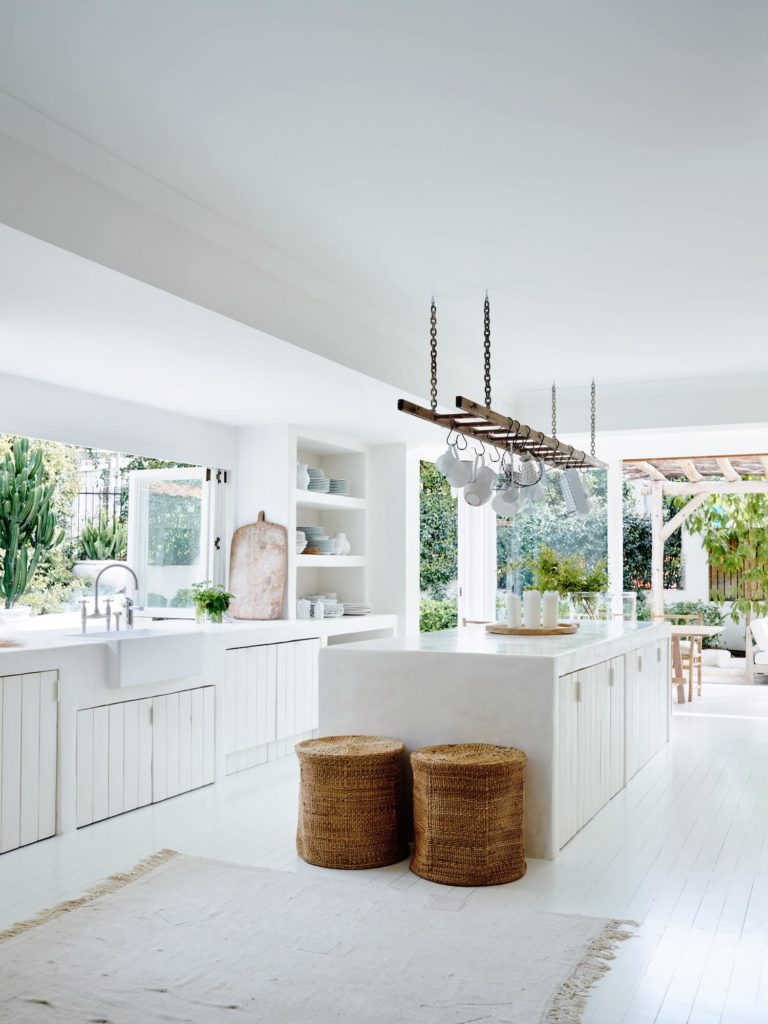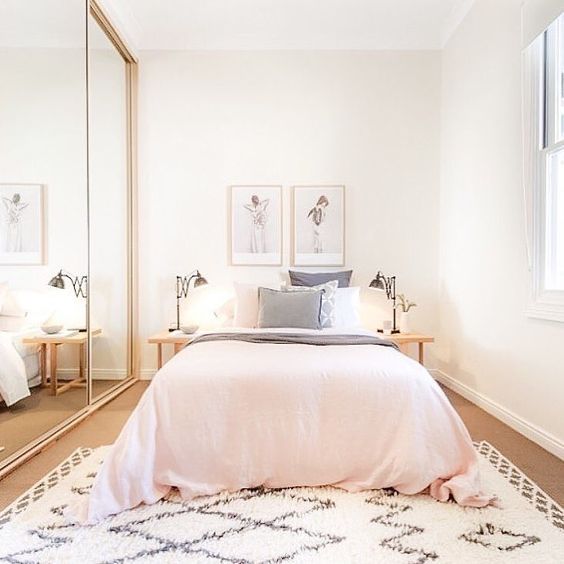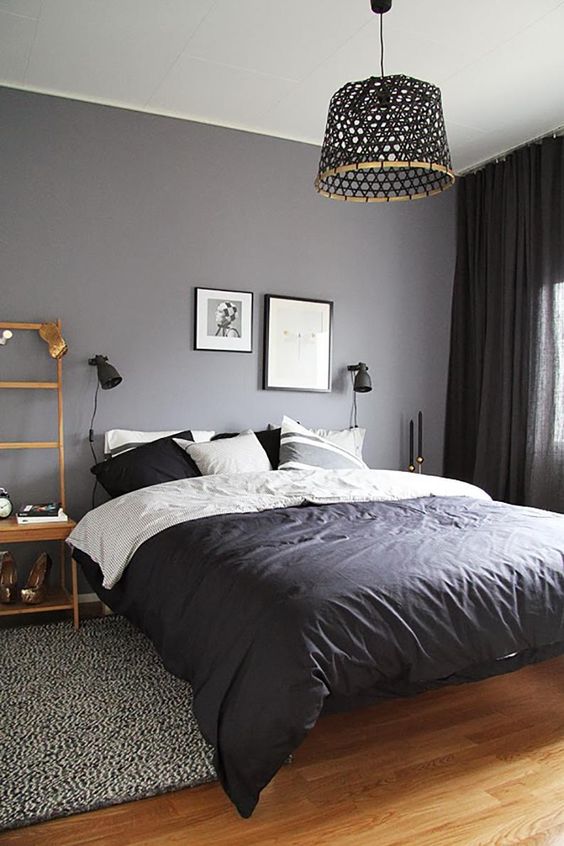Style at a Glance: Arts and Crafts Movement
Hello, friends!
For those who are interested in my History of Styles column, this post today is for you and I want to talk a little bit about one of my favourite styles – the Arts and Crafts. It was part of Victorian era and covers the period from 1861 to 1890. It was first associated with Prince Albert’s Crystal Palace Exhibition in 1851. The reaction to this event was movement from mass-produced, machine-made goods towards handmade quality furniture, wallpaper and fabrics and of course one of the most famous and influential figures of that period was William Morris.
The core idea of this style was convergence of arts and crafts, as well as popularization of products created by local artisans – hand-blocked wallpapers and fabrics, metalwork and stained glass. Following the example of medieval craftsmen, the movement’s followers created guilds and craft communities, each with its own style and specialization.

Key characteristics:
- Simplicity of forms and pithiness.
- The desire of the artists to harmoniously combine form, functionality and decor.
- Furniture is functional, practical and without excessive decoration.
- The set of furniture was reduced to the necessary items: a desk, a built-in bed, chairs, a chest of drawers, a wardrobe, a round dining table, sometimes a mirror. Popular material – bleached oak.

- Massive bookcases are often replaced by lighter and mobile bookshelves.
- The shape of furniture is very simple: straight legs, conventional armrests and backrests: e.g. ladderback chairs with rush seats.
- Walls – painted in white, blues or greens with woodwork in the same colour or bleached oak. Patterned wallpaper by William and Morris. Introduction of picture rails.

- Floors – polished oak or pine. Rugs with famous William Morris patterns.
- Window treatments – long curtains on pole or with frilled valances.
- Popular motifs – birds, flowers and animals.
- Lighting – metal pendant electric or oil lamps.
- The fireplace was a focal point, design feature of the room, often with shelves and cupboards over the mantel.
Arts and Crafts style has never lost its popularity and continues to be in fashion even today. Famous William and Morris wallpaper is used in modern Scandinavian interiors in combination with simple minimalistic furniture and accessories.

Want to learn more about various interior styles? Check out my History of Styles eBook – a stunningly illustrated guide to more than three hundred years of shifting trends and innovative developments in the world of interiors.
[ebook_store ebook_id=”15760″]





